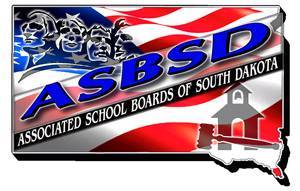The Coronavirus outbreak has had an impact on the state’s economy that has yet to be seen.
School districts received the two percent increase required by law, which is three percent or inflation, whichever is less and inflation for Fiscal Year 2021 is at 2 percent. That increase is in flux as a special session looms and could result in a change in the state budget.
Recently, the South Dakota Bureau of Finance and Management released its revenue figures for the Fiscal year, but noted “these metrics DO NOT yet show the impact of the COVID‐19 pandemic on state revenue sources.”
S.D. BFM added “an impact is anticipated on multiple revenue sources. Those most impacted, sales tax and video lottery, have a lag between when the activity occurs that generates those revenues, and when they are received into the general fund.”
Sales Tax for March came in nearly $2 million less than what was adopted by the legislature in February, prior to the outbreak, with overall revenue collections coming in $8.2 million ahead of what was adopted, but BFM noted this was “due a timing issue” and “the $15.6M in lottery revenues received this month would have normally been included in last month’s metrics.”
Overall for FY21, revenue is $10.3 million ahead of what was adopted prior to the outbreak, but Sales Tax is down $1.355 million from what was adopted.
“This is obviously a concerning figure and schools need to be aware of the lasting effects these revenue numbers could have on the increase in state aid,” ASBSD Executive Director Wade Pogany said.
“Given what’s happening with the state’s economy, school districts should be prepared for a possible change in what’s provided in state aid.”
ASBSD will continue to monitor the revenue figures and provide direct updates to school district leaders on state aid, when available.
For additional updates on everything related to K-12 education, check the ASBSD Blog.
